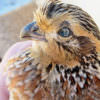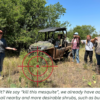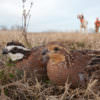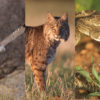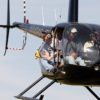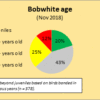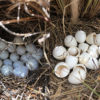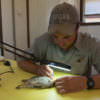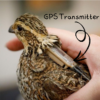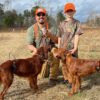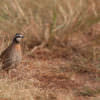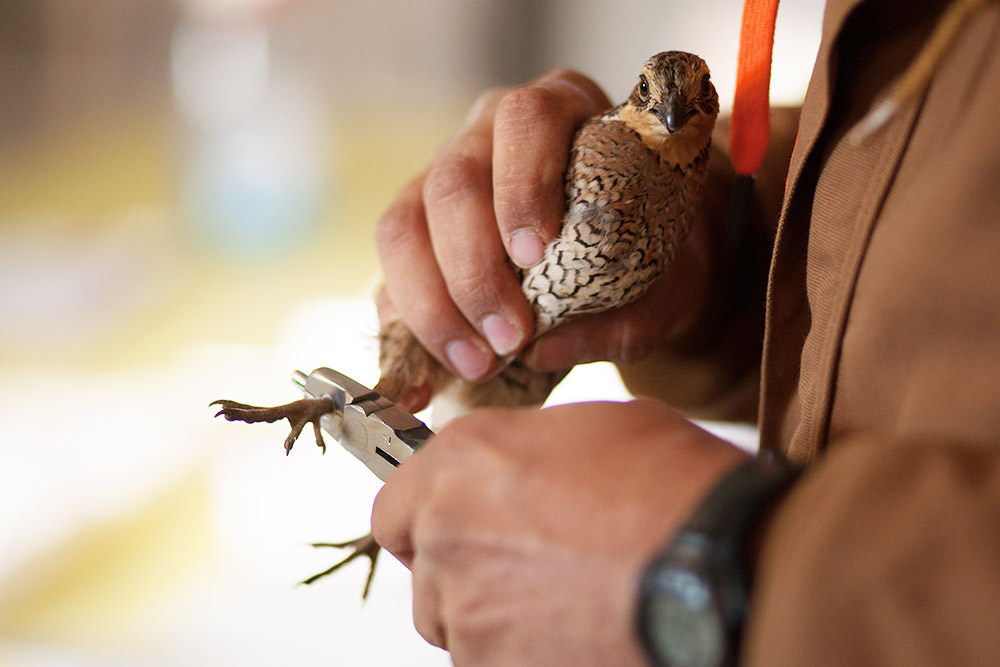
 We trap quail for two weeks each December and March as part of our population monitoring activities. Every bird that is caught is aged, sexed, and weighed, then banded with a uniquely-numbered leg band that will identify it, if we catch it again. We then place a 6-gram necklace radio transmitter on a portion of the bobwhites caught so that we can track their movement, survival, and nesting throughout the year. Since we started trapping quail here in 2008, we have caught 17,034 unique individuals—1,514 of those have had radio transmitters attached to them.
We trap quail for two weeks each December and March as part of our population monitoring activities. Every bird that is caught is aged, sexed, and weighed, then banded with a uniquely-numbered leg band that will identify it, if we catch it again. We then place a 6-gram necklace radio transmitter on a portion of the bobwhites caught so that we can track their movement, survival, and nesting throughout the year. Since we started trapping quail here in 2008, we have caught 17,034 unique individuals—1,514 of those have had radio transmitters attached to them.
The spring 2023 trapping season wrapped up last month. We trapped and banded 257 unique individuals—we refer to this metric as the Minimum Known Population (MKP). We leg-banded 181 birds that had not been banded before, and 88 bobwhites received radio transmitters. The MKP of 257 individuals is well below the long-term average of 637, but above the last six-year’s average of 215. We’re not increasing, but we are holding steady.
The oldest bobwhite caught this spring was at least 1,108 days of age. It was first captured in Feb 2020 as a juvenile, so it was hatched in 2019. The oldest scaled quail captured was 460 days old and was hatched in the summer of 2021. We recaptured 7 bobwhites that had been first caught as chicks during the summer of 2022 and marked with patagial wing tags as part of our chick survival study. There were 1.43 juvenile bobwhites and 3.8 juvenile scaled quail per adult. This is a high scaled quail juvenile ratio, but it’s only an average year for bobwhites. The sex ratio of scaled quail was 12F : 12M, but for bobwhites it was 91F : 142 M. The small sample of scaled quail has something to do with it, but the much lower survival of bobwhite hens is significant. – by John Purvis

